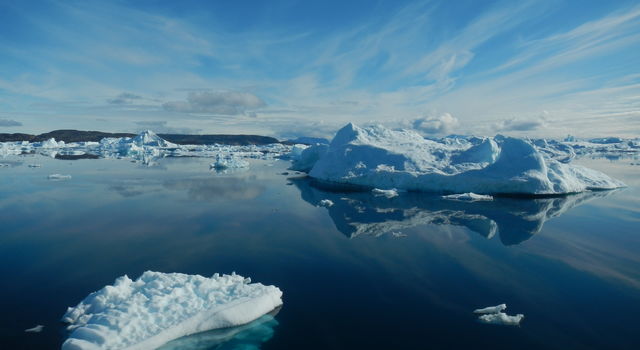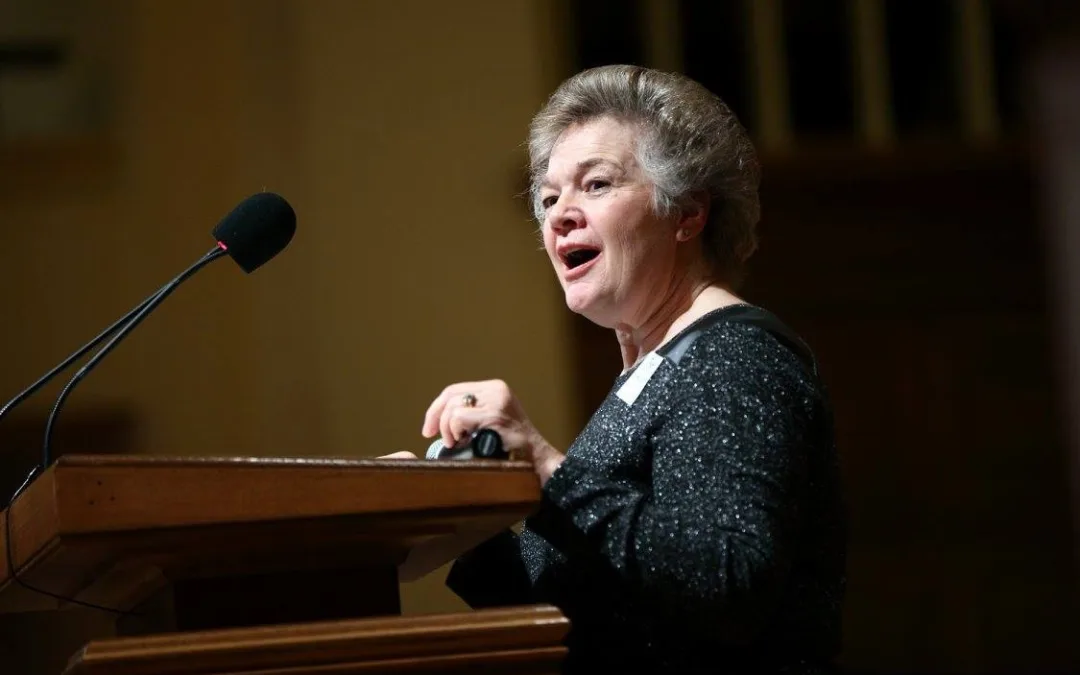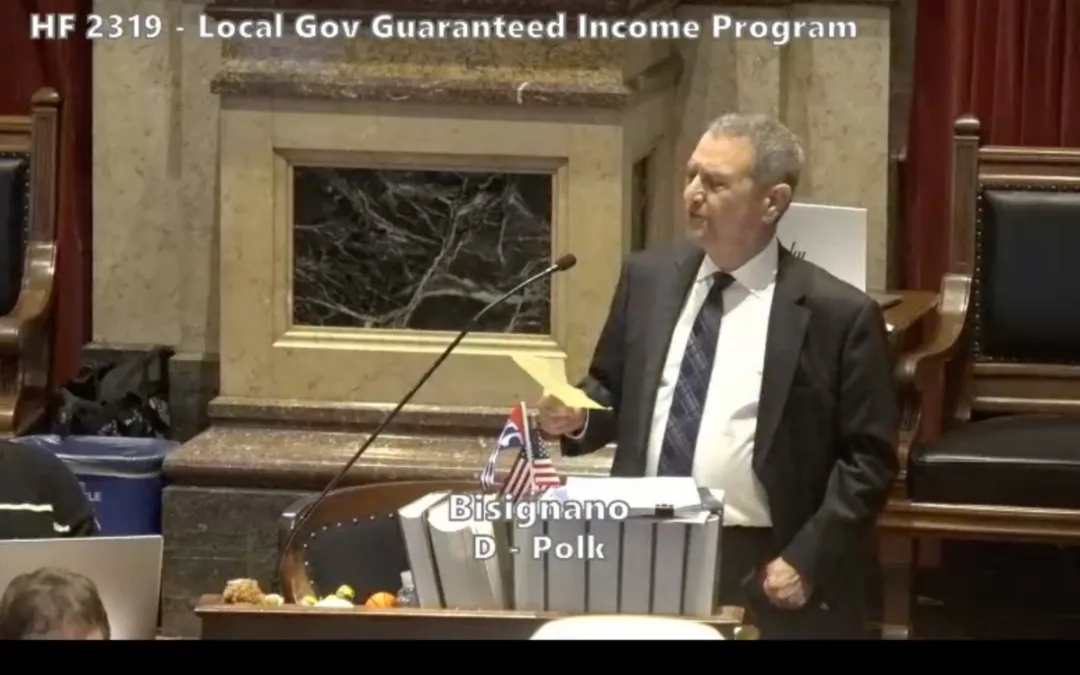
Unprecedented record breaking high temperatures and rapidly disappearing sea ice have the climate science community concerned. In February, Arctic temperatures soared more than 45 degrees above normal. Temperature stations closest to the North Pole measured temperatures at the highest on record for the month of February. February also saw the greatest loss of Arctic sea ice in the past 1,500 years. Record low levels of sea ice in the Bering Sea and the Arctic is shattering all known records.
A shocking one-third of the ice covering the Bering Sea off Alaska’s West Coast vanished in just eight days during the middle of February, InsideClimateNews reported. Brian Brettschneider, a climatologist based in Alaska, posted “overall sea ice extent on Feb. 20 was the lowest on a record by a long shot.”
Remember, this is winter in the Arctic. It’s in complete darkness yet temperatures spiked 45 degrees. The sun set in October and won’t be seen until March, yet the thermometer reads like summer! Temperatures should be 20-30 degrees below zero but are instead measuring above the freezing point.
Last week, temperatures leapt by more than 35 degrees above normal across the whole region. Zack Labe, climate scientist at the University of California, called this a “truly remarkable event.”
“These kinds of temperature anomalies in the Arctic have become commonplace in winter in the past few years. The persistence of the above average temperatures is quite striking,” Labe said.
Climate scientists agree that this winter’s huge temperature spike and unprecedented disappearance of Arctic Sea ice is another urgent warning of the world’s rapidly transforming climate.
Iowa Arctic sailor explorer and photographer David Thoreson who has traveled this area of the arctic was quoted in several national publications. Thoreson speaks regularly on the climate crisis and has written about the disappearing ice he has observed over the recent few years.
Thoreson said he was stunned by the lack of ice coverage for this time of year. “I have sailed boats through it but never this time of year,” he said. “It’s amazing to watch this unfold. It is a profound climate change to our earth’s environment.”
Analysis by NASA points to the Earth’s increasing temperature as the cause of the shrinking Arctic Ice. The global surface temperatures in 2017 ranked as the second warmest since 1880. Of even greater concern is that warming trends are much greater in the Arctic regions. That increased heating in the Arctic regions are creating the spike in loss of sea ice.
More than 25 years of NASA and European satellite data show “the rate of global sea level rise has been accelerating in recent decades, rather than increasing steadily. This acceleration, driven mainly by increased melting in Greenland and Antarctica, has the potential to double the total sea level rise projected by 2100. The current projections assume a constant rate of sea level rise. The latest predictions based on the increasing rate of ice melt could quadruple the current projections of sea level rise.”
The predictions about the rate of ocean level rise continues to be debated by climate scientists. NASA’s Goddard Space Flight Center predicts “sea level will rise 26 inches (65 centimeters) by 2100 — enough to cause significant problems for coastal cities.”
A complete melt of the Greenland Ice sheet would result in a 23-foot increase in global sea level. That’s the risk the world is facing if we fail to act on climate change.
It’s not too late to act on climate. The nations of the world are united, with the exception of the United States, on meeting the 2015 Paris Climate Agreement. Their goal of holding global temperature rise to just two degrees Celsius is achievable with immediate action. However, it will require bringing net greenhouse gas emissions to zero in the second half of this century. The world must move away from burning fossil fuels as quickly as possible.
Meeting that goal will require urging every political candidate to take a stand on climate action. We must demand the current administration rejoin the rest of the world and pursue the Paris goals if we want to prevent an inevitable climate catastrophe.
by Rick Smith
Posted 2/26/18
Politics

Biden marks Earth Day by announcing $7 billion in solar grants
The Biden administration on Monday announced the recipients of its Solar For All Program, a $7 billion climate program that aims to lower energy...

6 terrifying things that could happen if the Comstock Act is used to target abortion
Does 1873 sound like a really, really long time ago? Well, that’s because it is—but if Republicans and far-right anti-abortion activists have their...
Local News

No more Kum & Go? New owner Maverik of Utah retiring famous brand
Will Kum & Go have come and gone by next year? One new report claims that's the plan by the store's new owners. The Iowa-based convenience store...

Here’s a recap of the biggest headlines Iowa celebs made In 2023
For these famous Iowans, 2023 was a year of controversy, career highlights, and full-circle moments. Here’s how 2023 went for the following Iowans:...





